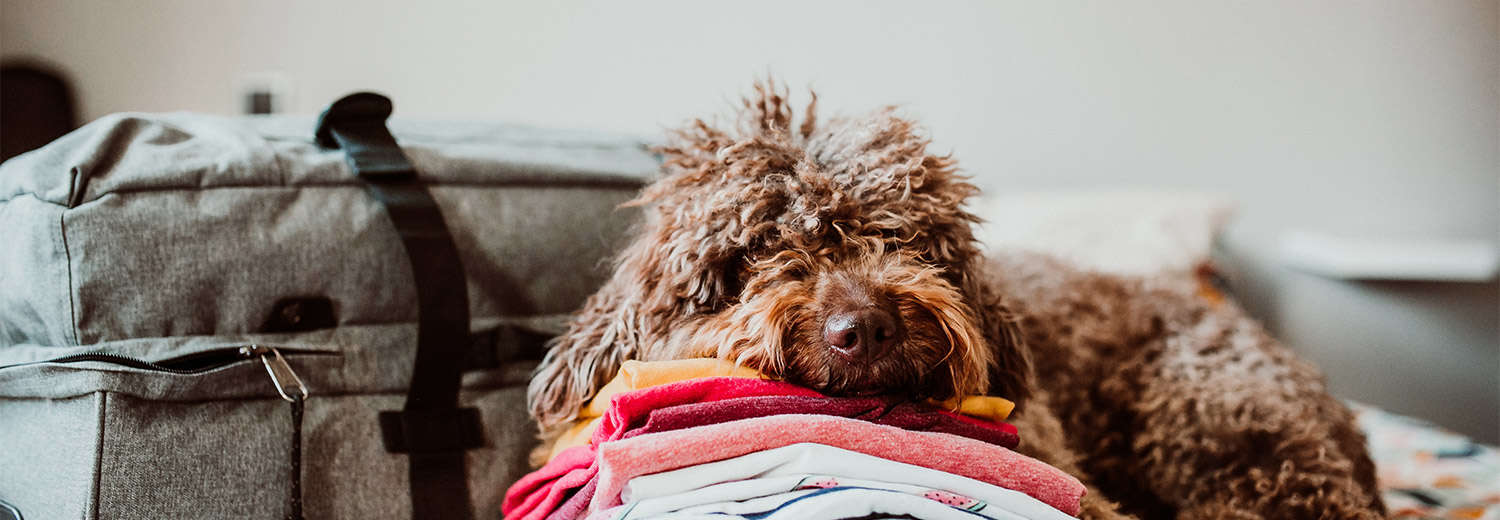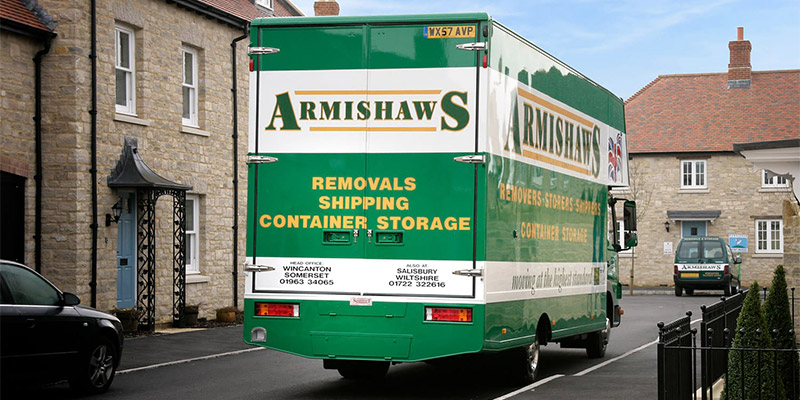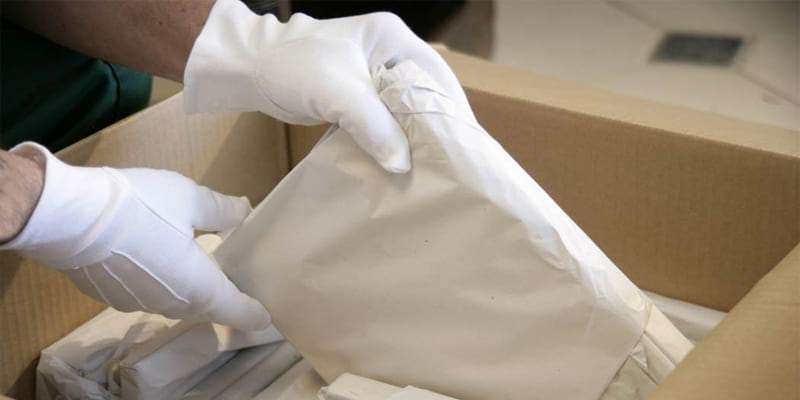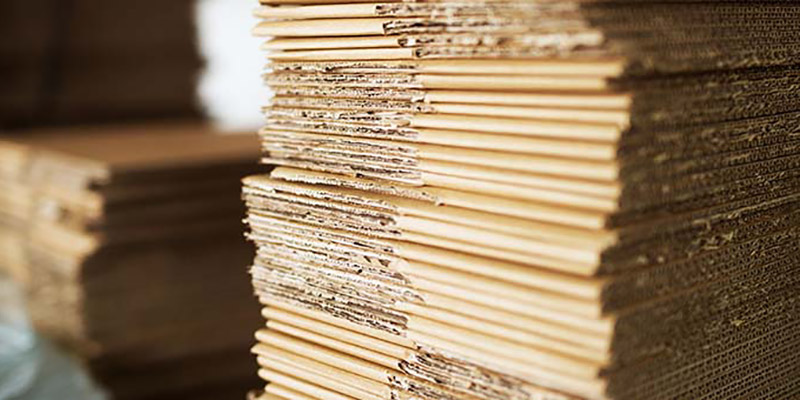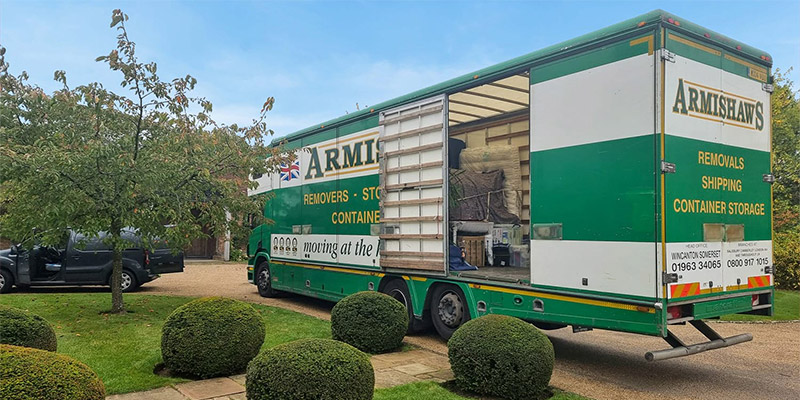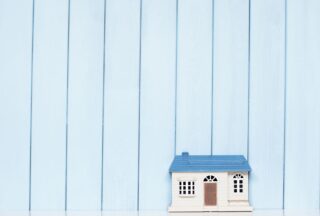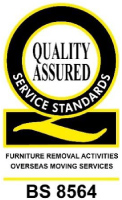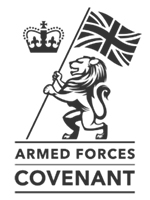19 Easy Tips For Moving House With A Dog
If you think moving house can be stressful for humans, imagine how a dog feels? He/she doesn’t get a say in moving away from their favourite lampposts, walks and garden. One day you’re sitting brooding over how to get at next door’s cat, the next thing you know, your basket is in a strange new house and there’s a whiff of doggy predecessors. But there are a few tips to make things easier for anyone moving house with a dog.
Before Moving Day
Don’t Wash Bedding & Toys
It’s tempting to prepare everything for life in your new home. But your dog will be familiar with the scents on its toys and bedding, it’s particularly important during the upheaval of moving day and arriving in your new home that your dog has reassuring, familiar scents.
Find A Dog Sitter
Finding a friend or relative to look after your dog for the day will remove any chance of canine-moving stress and also give you one less thing to worry about. If your dog can stay with them until things are calm at your new property, even better. Where this isn’t possible (if you’re moving a long distance), you could ask them to look after your dog up until the point you’re ready to depart and collect your dog on the way.
Update Collars & Chips
Update your dog’s collar and microchip before the move. If your dog is particularly nervous or prone to going walkabouts on their own, with the increased risk of escaping from your new property before you’ve had time to dog-proof it, it’s even more important they are carrying the new information and contact details.
Have Treats & Love On Tap
A pocketful of treats and plenty of encouragement and reassurance will also keep your dog happier and calmer. They’ll be looking to you to know that everything is ok. If you’re calm, they’ll feel calmer.
At The Old House
Create A Safe Room
Create a quiet space away from the hustle of moving day. It might feel mean shutting him/her away but it will keep agitation and stress to a minimum. Make sure the door is marked so removals men ‘do not disturb’. Ensure your dog has access to water and any chew toys, and there should be familiar, reassuring smells like bedding, favourite blankets and toys. Finally, keep checking in with them, a few minutes peace and quiet with your furry family member might help reduce your stress levels too!
Appoint A Dog Chaperone
If you have older children, make one of them ‘dog-chaperone’ for the day. Having one person overseeing your dog’s needs and behaviour will give you one less thing to worry about and ensure your dog is looked after throughout the day.
Keep Them Away From Strangers
Not everyone will love your dog as much as you do. Some people are scared of dogs of any size. You should also consider that moving day is stressful for dogs, they don’t know who all these people are and why they are moving everything. When agitated a dog’s fight or flight instincts will kick-in and they may become more protective than usual, so keep more nervous animals separate from the moving chaos. As much as we all love our dogs, we also know they will always get under our feet when we least need it, your removals men don’t want to be dodging a friendly but curious hound.
Stay On The Leash
Keep your dog on a lead for as much of the day as possible. Yes, you prefer your dog to have free movement but the unusual day could prompt unusual behaviour. It’s better to be safe than sorry as doors and gates will invariably be left open, there’ll be loud noises and a lot to take in at ground level.
Let Your Dog See Your Crew
Let your dog see the people helping you for the day and view a little of the action. While he/she won’t comprehend what’s happening, the fact that you are clearly not disturbed by it will help reassure them that it’s nothing to worry about.
Plan Feeding Times To Fit The Day
Try to avoid feeding your dog just before setting off. Give them time to digest their food as the car journey can be unsettling for them.
Leave Your Dog’s Items Until Last
Keep those familiar items where your dog can find them. Pack them last and place them in the car with you for the trip to the new house. They should then be the first things going in with you, to create a safe, familiar smelling area in the new house.
In Transit
Secure Travel Cages
A travel cage is a good idea for longer journeys. If this is a new thing, give your dog time to get used to it in the days leading up to your move. Your dog should always be securely fastened, equally travel cages should be strapped in place so it can’t move. Place toys and water inside the cage along with a pad or blanket. Dogs should not travel unsecured in moving vehicles.
Familiar Smells
Make sure your dog travels with familiar items carrying familiar smells (and no, pointing to your youngest child in reference to ‘smells’ isn’t fair!).
Plan Journey Breaks
If it’s likely to be a long journey, check your route and plan safe rest points where your dog can get out and stretch their legs away from busy traffic. Motorway service stations are certainly not ideal, there are sure to be some more scenic points and safe walking areas that will give you all a break.
At The New House
New Safe Room
Much like the preparations at the old house, create a safe room in your new house while the chaos continues. Place the familiar bedding, water bowl and chew toys and check in regularly to make sure your dog isn’t getting separation anxiety.
Let Your Dog Have A Walk
If someone is available, ask them to take your dog for a walk give them a break away from the moving madness. This is new and unfamiliar ground so keep them on the lead for their first walk. Burning off that energy will also help make them calmer once they return to the new house, where hopefully things will also be starting to calm down.
Check Your Boundaries
Are there any potential escape routes from your new garden? Do a quick tour to check out any weak spots or holes in fences and boundaries and get these sealed as soon as possible.
After Your Move
Day 2 – Getting Back To Normal
Dogs like routine. As much as possible on the first full day in your new home, try and get your dog’s routine back to normal. Walking and feeding times are particularly important for re-establishing routine.
Marking Their Territory
It’s possible your dog might want to mark their territory in their new home. This isn’t unusual behaviour and if it should happen, rather than punishing your dog (it is still acclimatising to the change), reward them when they do their business in the right place instead.

